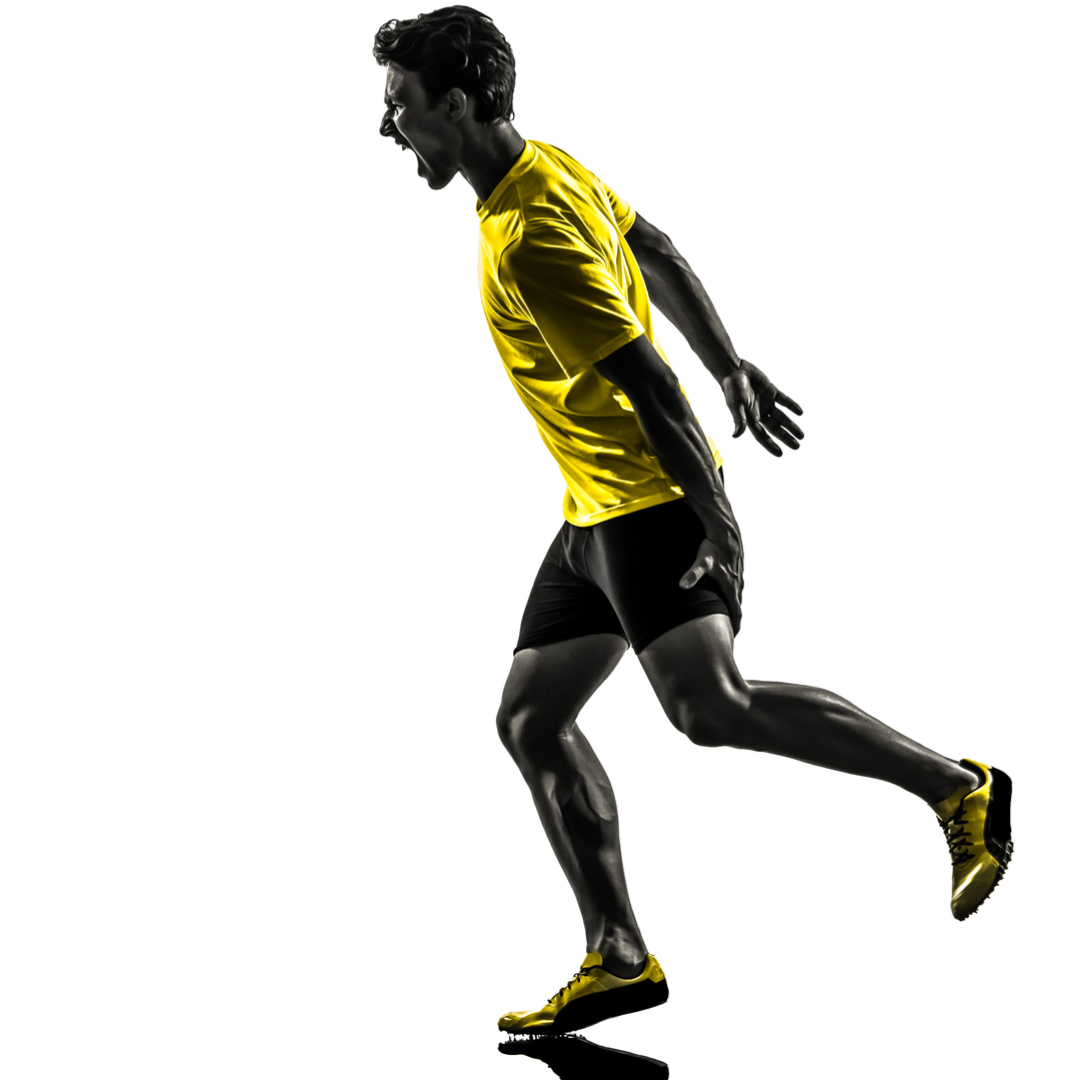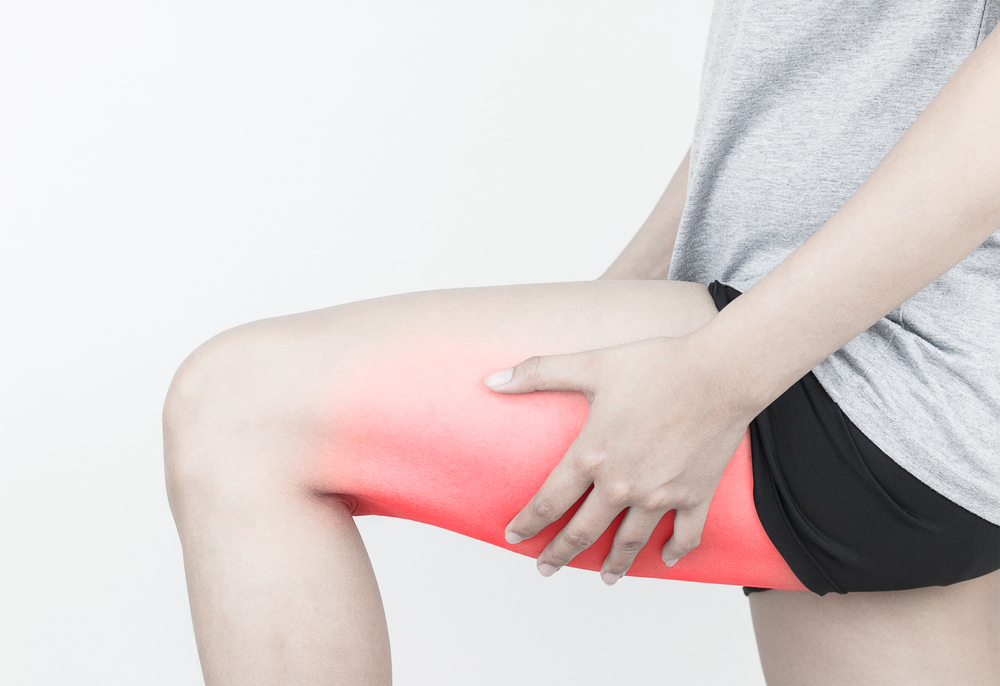Physiotherapy for Back of Thigh (Hamstrings) Pain

How do I know if my Hamstrings are injured and what should I do?
When the hamstrings are injured suddenly (acutely), it usually occurs during running or stretching activities such as sport, dancing or gymnastics. This type of injury is almost always a muscle strain or tear. It then becomes important to identify which muscle in the hamstrings is injured so that it can be targeted effectively. Muscle strains vary in the degree of damage and bigger tears will generally mean a longer rehabilitation and a higher chance of ongoing issues unless managed carefully. If you feel a ‘pop’ or a tearing sensation when you’re running followed by instant pain, it’s likely that you have suffered a muscle strain. Initially this should be managed by stopping the activity you’re doing and resting the injury. Ice can also help with the pain. It’s then important to begin a graded rehabilitation program for the muscle as this type of injury has a high chance of becoming persistent if not managed well.
Hamstrings tendinopathies (tendonitis) and their treatment
Tendinopathies are also common in the hamstrings. These happen as a result of too much force or repetition going through a tendon that is not strong enough to deal with the load or they can also be a result of excessive compressive force on the tendon. Activities such as those listed below could be contributing and should be minimised:
• Stretching the muscle
• Spending extended time sitting
• Continuing to run or sprint
• Bending forward repeatedly from the hips
This is another injury that can potentially take months to recover if it is particularly severe or not managed well. Treatment may include: a graded strengthening program, use of tape to help offload the tendon, massage to help settle the area and education to modify your training program to reduce any abnormally high load you may be placing on the tendon.

What else could be causing the pain at the back of my thigh?
The back of the thigh is common site to get referred pain from the spine, sometimes called ‘sciatica’. If you find that you have some back pain and haven’t had any sudden injuries to the hamstrings, referred pain may be the cause of your symptoms. In this case, it becomes more important to treat the back as this will usually resolve the symptoms in the back of the thigh. To find out more about back pain and sciatica, visit our page on the lumbar spine.
Get Active!
For more, visit our Frequently Asked Questions page.
If you would like to ask a question about our services or anything else, visit our Contact Us page to get in touch.
If you are ready to make an appointment, visit our make a booking page and let us help you with your fitness or recovery.

